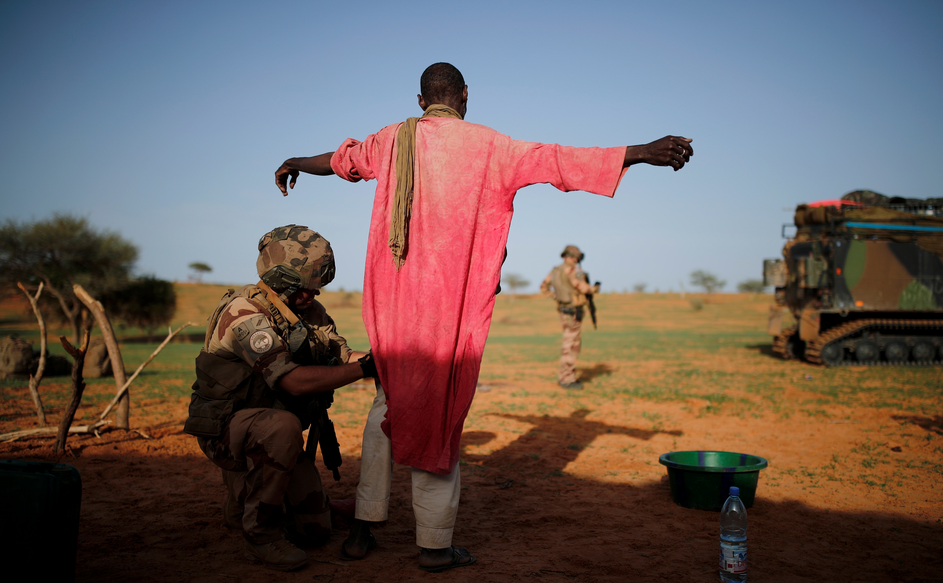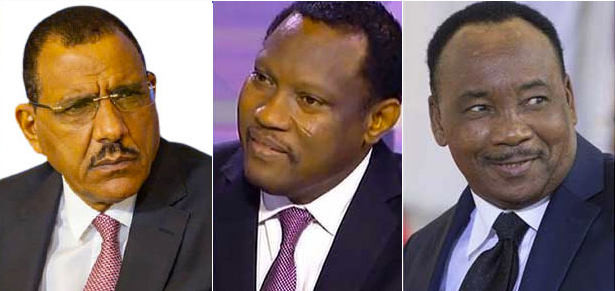
The root of the failure of France’s Operation Barkhane in the Sahel is Paris’ inability to understand not just the political stakes but also the motivations that push hundreds of young people to join jihadism.
Since France sent its troops to Mali in January 2013, hundreds of suspected jihadists have been killed. In February 2019 the Minister of Armed Forces Florence Parly presented a balance sheet to state senators of 600 terrorists put out of action since 2015 including 200 last year. Among them are well-known leaders of armed Sahelian jihadist groups: Abdelhamid Abu Zaïd in 2013; Omar Ould Hamaha in 2014; Mohamed Ag Almouner in 2018; and Djamel Okacha in 2019. The fact that at least two of these — Abu Zaïd and Djamel Okacha (a.k.a. Yahia Djouadi and Yahya Abu al-Hammam) — were closely linked to Algeria’s DRS reflects the weakness of France’s intelligence in the region.
After almost seven years of fighting these jihadists, Paris has failed to note that, not only are the leaders of these jihadists groups easily replaced, but that the numbers of jihadists are increasing. This raises the question of the jihadists’ identity. Who are Operation Barkhane’s victims?
Most have no names or ages in the official communiqués and they are simply labelled as being a ‘terrorist’. A closer analysis would reveal that in many cases, they were killed simply because they were at a place that was suspect.
However, enough research has now been done, mostly by NGOs, for us to know that very few of these so-called terrorists/jihadists should be labelled as such. Many independent studies have shown that most of these jihadists were not driven by a religious fervour compelling them to die in suicide attacks in order to impose Islamic Sharia law on their fellow men as part of an improbable global jihad. Most, in fact, belong to local insurgencies which are fuelled by societal and socio-economic issues rather than as appendages of a globalised war of religion. Indeed, many were often prisoners of an unthinking choice or a bad meeting, with many being forced — often as little more than children — to join the insurgents.
An ISS study in 2016 which investigated 63 former members of armed jihadist groups revealed that their presence in the armed groups invariably had little to do with economic, religious or ideological factors. The main commitment in joining — often under duress — for local armed groups was the desire to protect themselves, families, community or economic activity, such as tending livestock, rather than any process of religious indoctrination. The history of the Peul’s local Dewral Pulaaku community defence group and its leader, Amirou Boulikessi, is typical of most such armed groups. When Tuareg rebels from the Mouvement national de libération de l’Azawad (MNLA) drove the Malian army out of northern Mali in 2012, the local Peul communities were worried about the increasing theft of their livestock. Amirou, the village headman, unsuccessfully went to Bamako to request government support. On his return, another armed group, the Mouvement pour l’unicité et le jihad en Afrique de l’Ouest (MUJAO) — which had split off from Al-Qa’ida in the Islamic Maghreb (AQIM) — had effectively taken over control of the region from the MNLA. Amirou initially sought the help of MUJAO to protect his community from livestock thefts. Then, as MUJAO took control of Gao and ousted the MNLA, the MUJAO turned to these local communities to provide them with young men to undergo combat training to better defend their communities. Since then — as the French forces attempted to drive MUJAO and their AQIM associates out of Gao and the surrounding region — men like Amirou, whose loyalty was never to anything other than their own communities and the Malian state, were suspected and then labelled as being jihadists and terrorists.
This excerpt is taken from Sahara Focus, our monthly intelligence report on the Sahara region. Click here to receive a free sample copy.



